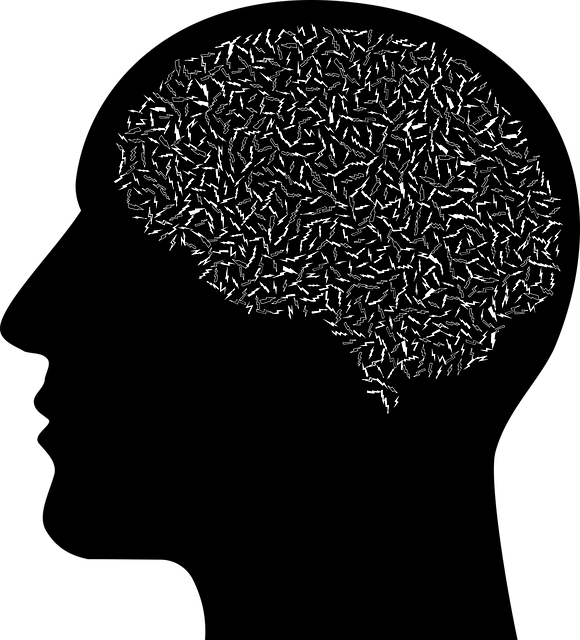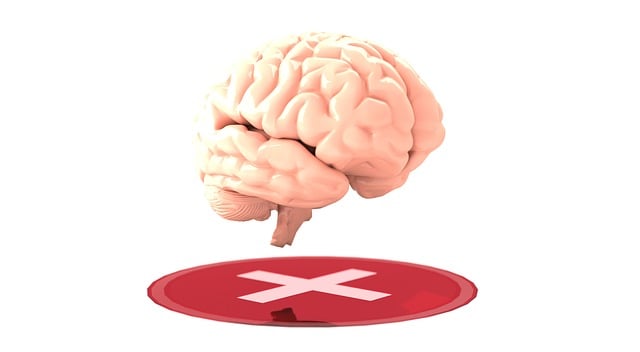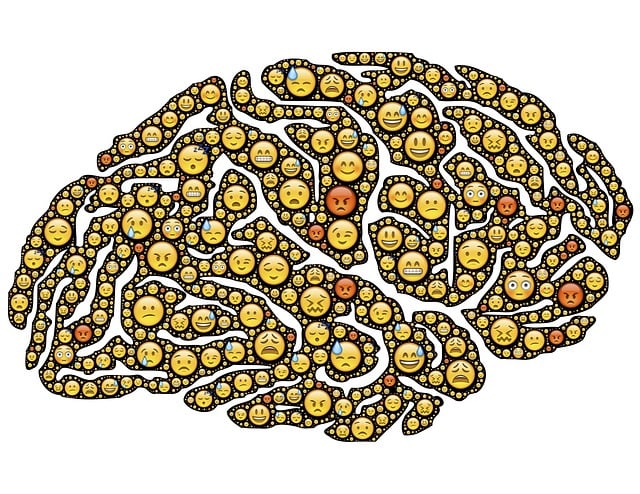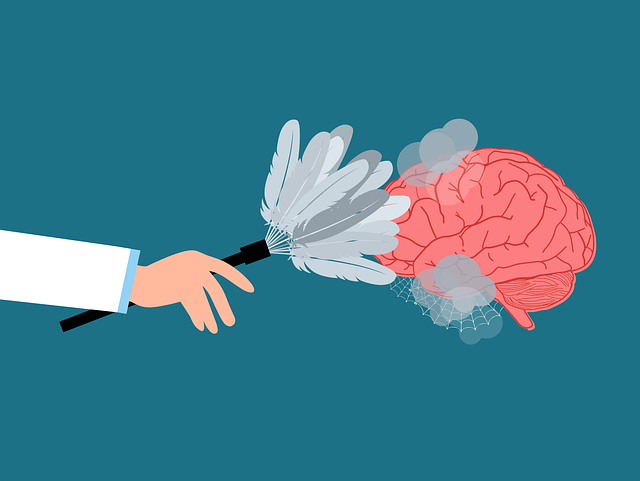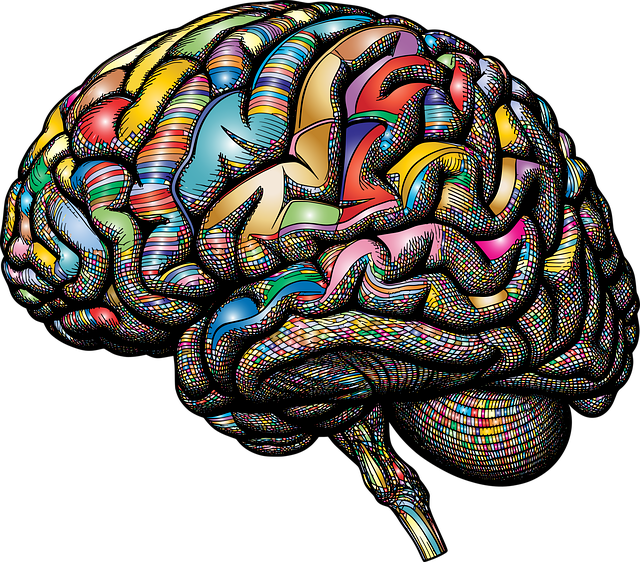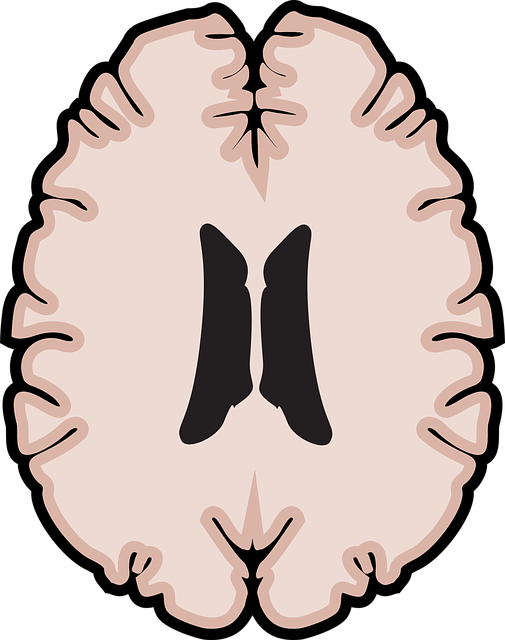Centennial Panic Disorder (CPD), triggered by significant life events, causes intense anxiety attacks leading to withdrawal from daily activities. Recognizing physical and emotional signs is key for crisis intervention. CBT and mindfulness practices are effective therapies, targeting negative thoughts and building inner strength. Cultural sensitivity ensures tailored interventions. Regular exercise, stress management workshops, and public awareness campaigns also play a role in preventing and mitigating CPD symptoms, fostering long-term recovery through stigma reduction efforts.
In today’s fast-paced world, understanding and addressing mental health crises are paramount. This comprehensive guide delves into crucial strategies for crisis intervention, with a specific focus on Centennial Panic Disorder and its associated anxiety attacks. We explore effective therapy techniques that not only alleviate immediate distress but also foster long-term recovery. By recognizing signs, symptoms, and evidence-based practices, professionals and caregivers can navigate these challenging situations, providing vital support and guiding individuals towards lasting mental well-being.
- Understanding Centennial Panic Disorder and Its Impact
- Identifying Signs and Symptoms of Anxiety Attacks
- Evidence-Based Crisis Intervention Strategies
- Implementing Effective Therapy Techniques for Long-Term Recovery
Understanding Centennial Panic Disorder and Its Impact

Centennial Panic Disorder (CPD) is a condition characterized by recurrent and intense anxiety attacks, often triggered by fears related to significant life events or transitions. Unlike typical panic disorders, CPD is unique in that its onset is typically tied to specific century-mark milestones, such as turning 21, 30, 40, or 50 years old. This disorder can significantly impact individuals’ quality of life, causing them to withdraw from social activities, avoid certain places, and even struggle in their professional lives.
Anxiety attacks associated with CPD can be debilitating, leading to physical symptoms like rapid heartbeat, sweating, and shortness of breath, as well as cognitive impairment and intense feelings of dread. Therapy for CPD often involves a combination of techniques tailored to address the specific triggers and fears. Mind over matter principles, such as cognitive-behavioral therapy (CBT), can help individuals challenge negative thoughts and develop coping strategies. Additionally, building inner strength through mindfulness practices and cultivating cultural sensitivity in mental healthcare practice can facilitate more effective treatment, ensuring that interventions resonate with each client’s unique experience and background.
Identifying Signs and Symptoms of Anxiety Attacks

Recognizing the signs and symptoms of anxiety attacks is a crucial step in providing effective crisis intervention. Individuals experiencing an anxiety attack may exhibit a range of physical and emotional indicators. These can include rapid heart rate, shortness of breath, dizziness, sweating, trembling, or feelings of being overwhelmed and panicky. Often, individuals will report a sense of impending doom or fear that something terrible is about to happen. Recognizing these signs early can enable mental health professionals to initiate appropriate interventions during a crisis.
Centennial Panic Disorder (CPD), characterized by recurrent and unexpected anxiety attacks, requires specialized therapy and support. Mental health professionals play a vital role in assessing the risk factors associated with CPD and related conditions. A comprehensive risk assessment is essential to guide treatment planning. Through therapy, individuals can learn coping strategies to manage their symptoms, such as cognitive-behavioral therapy (CBT) techniques and mindfulness practices. Additionally, promoting healthy self-care practices like regular exercise, adequate sleep, and stress management workshops within organizations can help prevent and mitigate anxiety attacks.
Evidence-Based Crisis Intervention Strategies

In addressing crises, evidence-based strategies have proven to be invaluable tools for mental health professionals and caregivers alike. One such approach, cognitively-behavioral therapy (CBT), has shown significant effectiveness in treating conditions like Centennial Panic Disorder, which manifests as recurring and intense anxiety attacks. CBT focuses on identifying and changing negative thought patterns and behaviors that contribute to fear and panic, enabling individuals to manage their symptoms more effectively.
Beyond individual therapy, Public Awareness Campaigns Development and Community Outreach Program Implementation play a crucial role in fostering emotional well-being. These initiatives educate the public about mental health issues, dispel misconceptions, and encourage early intervention. By integrating Emotional Well-being Promotion Techniques, communities can create supportive environments that reduce stigma and enhance access to resources for those experiencing crises, ultimately contributing to better outcomes and resilience.
Implementing Effective Therapy Techniques for Long-Term Recovery

Implementing effective therapy techniques is paramount for guiding individuals toward long-term recovery from conditions like Centennial Panic Disorder and Anxiety Attacks. Therapists play a crucial role in fostering a safe space where clients can explore and process their experiences without fear of judgment. Empathy Building Strategies, such as active listening and reflective listening, are instrumental in establishing trust and creating a deeper connection between therapist and client. This fosters openness, encouraging individuals to confront and challenge their anxious thoughts and behaviors head-on.
Positive Thinking is another powerful tool integrated into therapy sessions to help clients reframe negative thought patterns and beliefs contributing to their anxiety. By fostering a mindset of optimism and self-compassion, therapists assist individuals in developing coping mechanisms that promote resilience and emotional well-being. Additionally, Mental Illness Stigma Reduction Efforts are vital components within crisis intervention strategies. Through education, advocacy, and open dialogue, therapists contribute to creating a more supportive environment, reducing the social barriers often faced by those struggling with anxiety disorders like Centennial Panic Disorder.
In conclusion, understanding Centennial Panic Disorder and its impact is crucial for identifying anxiety attacks and implementing effective therapy techniques. By recognizing the signs and symptoms of these conditions, individuals can access evidence-based crisis intervention strategies that foster long-term recovery. Through specialized therapy, those affected can regain control and lead fulfilling lives, effectively managing their Centennial Panic Disorder and Anxiety Attacks Therapy.

